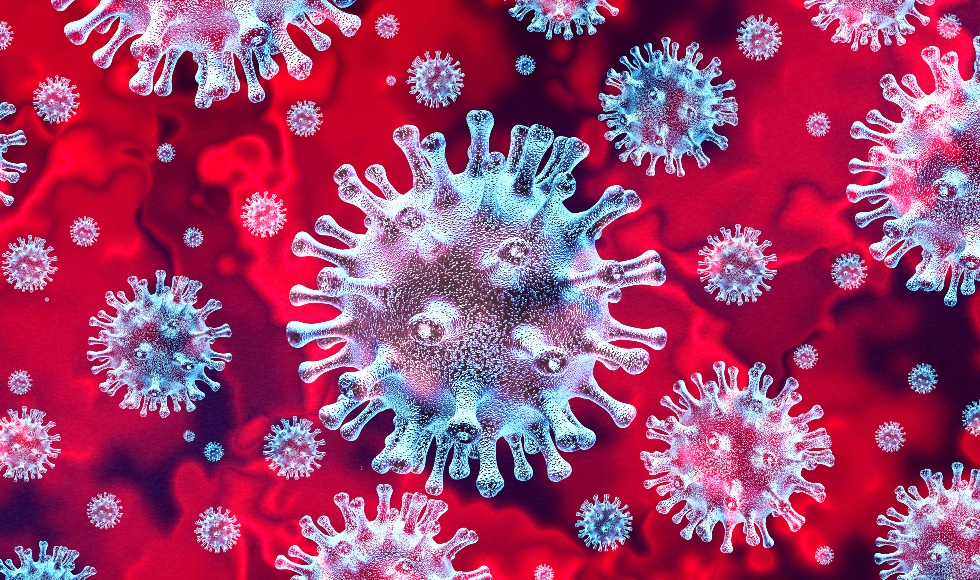- Source: nature.com
- Website: https://www.nature.com/articles/d41586-020-00154-w
Coronavirus updates: autopsy results drastically change US coronavirus timeline
Updates on the respiratory illness that has infected more than two million people and killed more than 100,000.
Here’s the latest news on the pandemic.
22 April 17:05 bst — Deaths suggest coronavirus was in the US weeks earlier than thought
The first US COVID-19 death may have occurred in California on 6 February — more than three weeks before the first reported death occurred in Washington state.
Three people who died in Santa Clara County between 6 February and 6 March have now been confirmed as COVID-19 deaths after autopsies, according to a statement released by the county’s department of public health on 21 April. The updated statistics include two people who died at home and a third whose location of death was not specified. Previously, the first COVID-19 death in the county was thought to have occurred on 9 March.
The revised cause of death shows that the deadly disease had footholds in the United States earlier than previously thought. Similar reports have surfaced elsewhere in recent weeks. In late March, a non-peer-reviewed epidemiology study of the Lombardy region in northern Italy found that the virus may have been circulating there for more than a month before it was detected.
22 April 16:45 bst — Climate scientist and IPCC veteran dies of coronavirus
John Houghton, a climate scientist and a senior member of the Intergovernmental Panel on Climate Change (IPCC) died of COVID-19 on 15 April, aged 88.
Houghton was the lead editor of the first three IPCC assessment reports — massive, influential studies thatsummarize the state of scientific knowledge on climate change — and accepted the 2007 Nobel Peace Prize on behalf of the organization alongside former US vice-president Al Gore. Researchers who knew Houghton commended him for his scientific rigour, his leadership and his ability to connect with policymakers and the public.
After studying at the University of Oxford, UK, Houghton became a professor there in 1958. He was a pioneer in the use of emerging satellite technologies for understanding the Earth system. As the director-general of the UK Met Office, the nation’s weather agency, from 1983–91 he helped to establish the Hadley Centre for Climate Science and Services and advised the UK government on the scientific consensus on climate change. “He knew they could only really make progress if they had very clear and well-communicated scientific advice,” says Richard Betts, a climate scientist at the University of Exeter, UK, who worked on several IPCC reports with Houghton.
Houghton’s lifetime of leadership in the climate-change community is a significant legacy, Betts says. “He wasn’t just a scientist. He was someone who cared passionately.”
A devout Christian, Houghton co-founded and led the John Ray Initiative, a charity focused on promoting environmental stewardship through both science and Christianity. He famously convinced a prominent US evangelical lobbyist of the compatibility of climate change and Christian thought in the early 2000s.
His former students remember him fondly. “John was an excellent leader,” says James Drummond, a retired atmospheric scientist most recently at Dalhousie University in Halifax, Canada. Houghton supervised Drummond through his undergraduate and graduate studies at Oxford in the 1970s. “If I do a quarter of what he did, I will be doing very well,” says Drummond.



 travellers consider avoiding non-essential travel to China.
travellers consider avoiding non-essential travel to China. 

